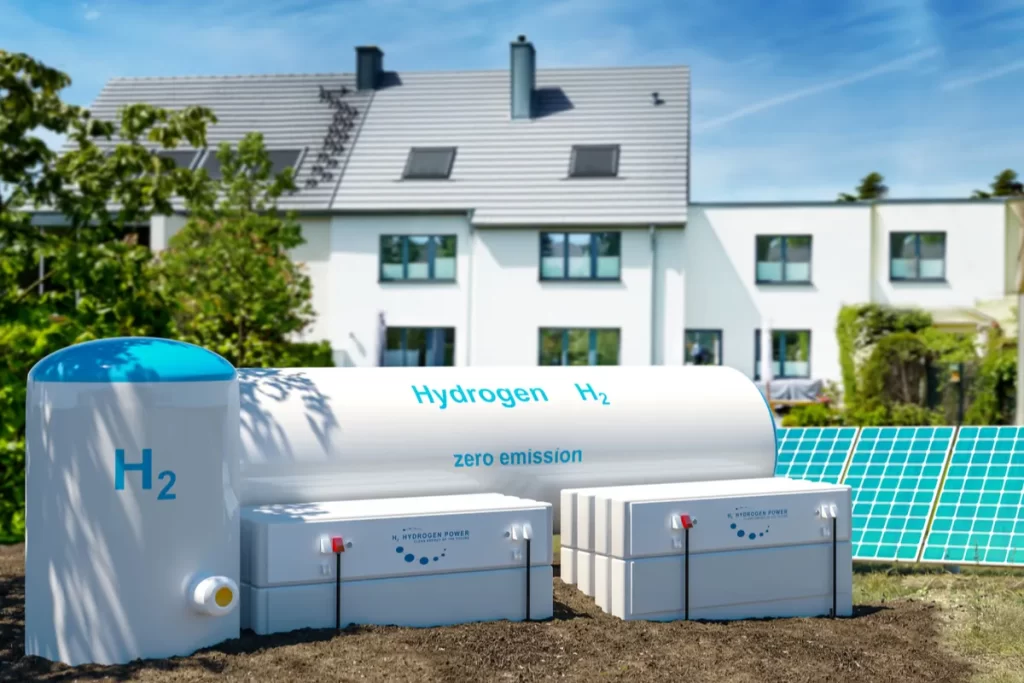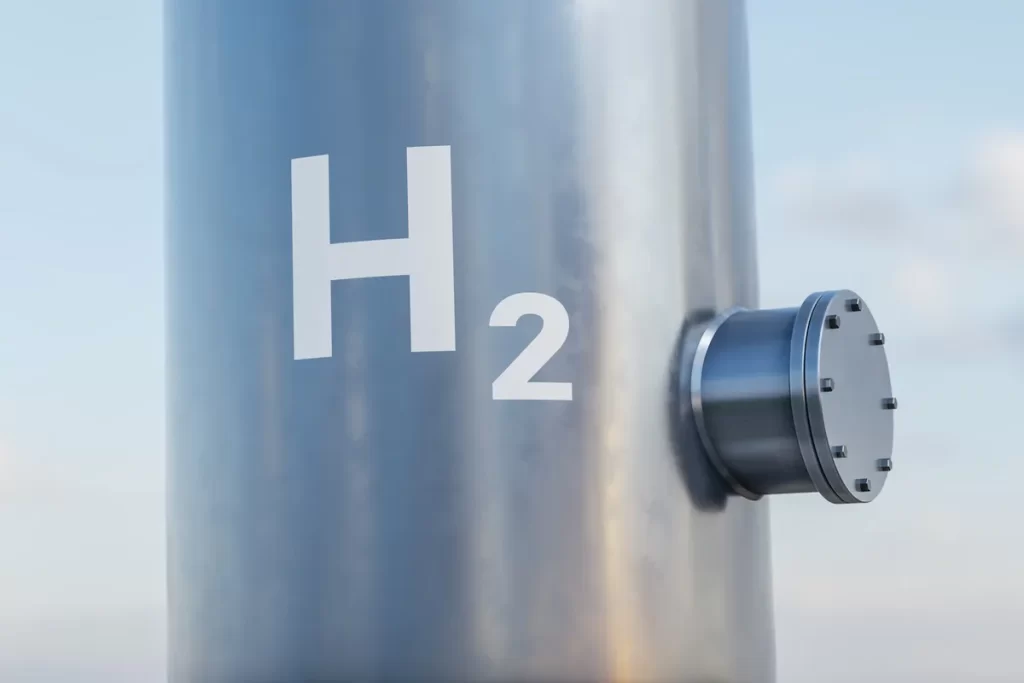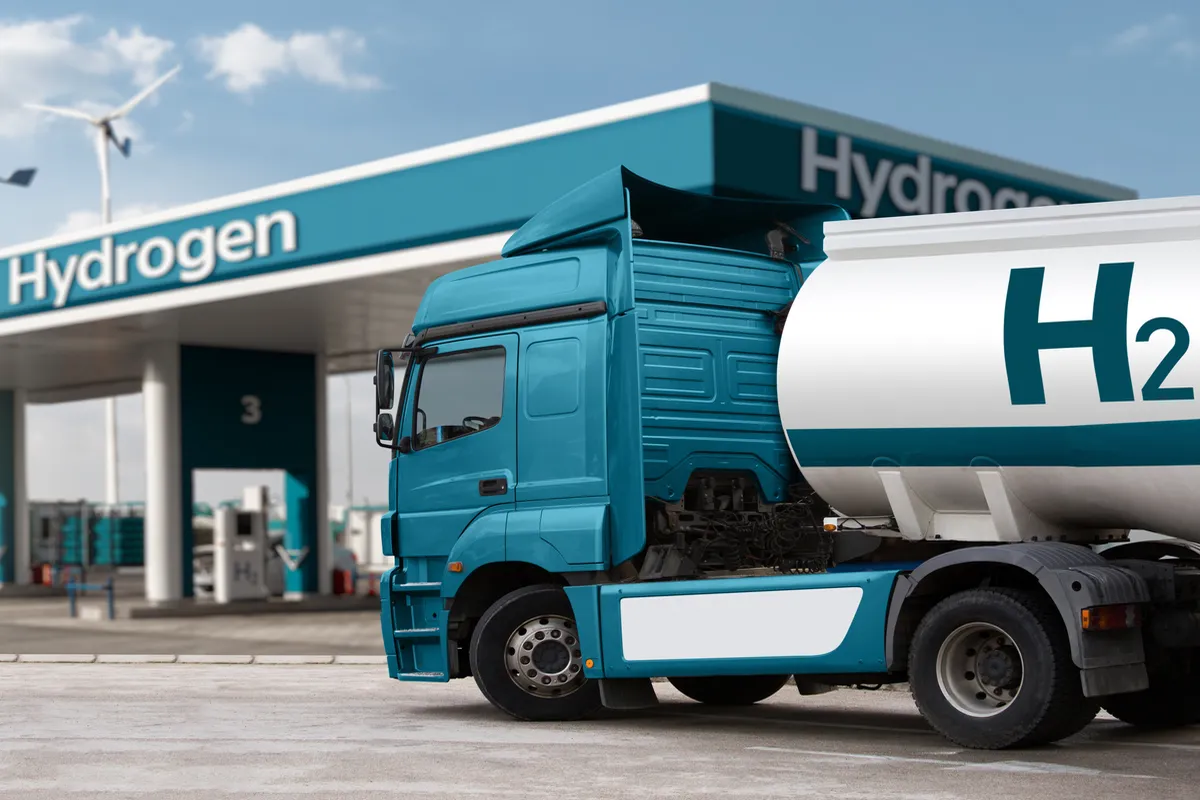Welcome to our discussion on hydrogen and its role in stabilizing our energy grids! Hydrogen, a clean and versatile energy carrier, has been gaining popularity as an essential component of our efforts to decarbonize various sectors of the economy.
Hydrogen’s role in grid stabilization lies in its potential to act as an effective energy storage medium, providing flexibility and support to electricity grids as they integrate higher shares of intermittent renewable energy sources like solar and wind. By storing excess energy during periods of high generation and converting it back to electricity when demand rises or generation is low, hydrogen can help maintain grid stability and ensure a reliable supply of power. Additionally, hydrogen’s capacity to integrate with existing gas grids and its low environmental impact when produced from renewable sources make it a promising solution for grid stabilization and decarbonization efforts.
In this blog post, we’ll dive into the various aspects of hydrogen’s role in grid stabilization, its potential for reducing emissions, and how it contributes to the global decarbonization agenda.
Hydrogen and Decarbonization
Hydrogen’s role in decarbonization is critical, as it has the potential to replace fossil fuels in various applications and contribute to the reduction of greenhouse gas emissions. It can be used as a clean energy source in power generation, transportation, and even heating, providing an alternative to traditional carbon-intensive fuels [1]. Green hydrogen, produced through the electrolysis of water using renewable energy, has enormous potential to drive global decarbonization efforts by replacing fossil fuels and reducing carbon emissions across various sectors [2].
Storing Energy with Hydrogen
One of the most promising applications of hydrogen is its use in grid-scale energy storage. As an energy storage medium, hydrogen can help balance the intermittency of renewable energy sources like solar and wind. Storing excess energy produced during periods of high generation, hydrogen can be converted back to electricity when demand increases or generation is low. While the efficiency of hydrogen grid storage is still an area of ongoing research and development, it holds great promise for improving grid stability and resilience. Furthermore, hydrogen can be integrated into existing gas grids, providing an additional layer of flexibility and support for energy systems [3].
The following table shows a general comparison of hydrogen and other various energy storage methods. Specific values may vary depending on the technology, implementation, and location.
| Energy Storage Method | Efficiency | Scalability | Discharge Duration | Response Time | Environmental Impact | Cost |
|---|---|---|---|---|---|---|
| Hydrogen | 25-45% | High | Hours to days | Seconds | Low (green hydrogen) | Moderate to high |
| Pumped Hydro | 70-85% | High | Hours to days | Minutes | Moderate | High |
| Lithium-ion Batteries | 85-95% | Medium | Minutes to hours | Milliseconds | Moderate | Moderate to high |
| Compressed Air | 40-70% | High | Hours to days | Minutes | Low | Moderate |
| Flywheels | 85-90% | Low | Seconds to minutes | Milliseconds | Low | High |
| Flow Batteries | 65-75% | Medium | Hours to days | Seconds | Low | Moderate to high |
Hydrogen in Power Systems
Hydrogen’s role in power systems is multifaceted. As a fuel for power generation, hydrogen can be used in gas turbines, fuel cells, and even internal combustion engines, offering a clean alternative to fossil fuels. This shift to hydrogen power can significantly reduce emissions and contribute to a more sustainable energy mix. The carbon savings associated with hydrogen power are substantial, providing a clear incentive for its widespread adoption across various industries and applications.

Off-grid Hybrid Renewable Energy Systems
In the context of off-grid hybrid renewable energy systems, hydrogen can play a critical role in ensuring reliable and clean energy supply. Integrating hydrogen into these systems can offer several advantages, such as increased flexibility, reduced reliance on fossil fuels, and improved resilience against power fluctuations. Several successful off-grid hydrogen projects around the world are demonstrating the viability of this approach, paving the way for broader adoption of hydrogen in remote and off-grid settings.
Advantages of Hydrogen Power
There are several key advantages to hydrogen power, including:
- Versatility and flexibility: Hydrogen can be used across various sectors and applications, from power generation to transportation and heating.
- Reduction in greenhouse gas emissions: Hydrogen, particularly green hydrogen, contributes to a lower carbon footprint, helping combat climate change.
- Storage and transport capabilities: Hydrogen can be stored and transported with relative ease, enabling energy distribution and facilitating grid stability.
Greening Industrial Processes with Hydrogen
Hydrogen can also play a significant role in greening industrial processes, such as steel production. By replacing carbon-intensive fuels with hydrogen, industries can reduce their emissions and contribute to climate change mitigation efforts. This transition to hydrogen-based processes is an essential step towards achieving global climate goals and creating a more sustainable future.
The role of hydrogen in greening industrial processes can be summarized as follows:
| Industrial Process | Traditional Energy Source | Hydrogen’s Role in Greening Process |
|---|---|---|
| Steel Production [4] | Coal (coke) | Replacing coal with hydrogen to reduce CO2 emissions in iron ore reduction |
| Chemical Manufacturing [5] | Natural Gas, Coal | Serving as a feedstock for ammonia and methanol production with lower emissions |
| Oil Refining [6] | Natural Gas, Oil | Upgrading heavy crude oil with hydrogen to produce cleaner fuels |
| Glass and Cement | Natural Gas, Coal | Replacing fossil fuels in high-temperature furnaces to reduce CO2 emissions [7] |
| Food Processing [8] | Natural Gas, Oil | Providing clean, high-temperature heat for cooking, baking, and sterilization |
Note: The table provides a summary of hydrogen’s potential role in greening various industrial processes. The actual impact of hydrogen in these processes may vary depending on the specific technology, implementation, and location.

Grid Hydrogen: Supporting Stability
Grid hydrogen refers to the use of hydrogen within the energy grid to maintain stability and ensure a reliable supply of electricity. By acting as a buffer and energy storage medium, hydrogen can help balance intermittent renewable energy sources and provide additional support when needed. However, there are still challenges to overcome, such as improving efficiency and developing suitable infrastructure to fully realize hydrogen’s potential for grid stabilization.
The following table summarizes the challenges that hydrogen faces in supporting grid stability:
| Challenge | Description |
|---|---|
| Efficiency | Improving the efficiency of hydrogen-to-electricity conversion processes, such as fuel cells and gas turbines |
| Storage and Transportation | Developing cost-effective and safe methods for storing and transporting hydrogen at large scales |
| Infrastructure | Expanding and adapting existing infrastructure to accommodate hydrogen production, storage, and distribution needs |
| Production Cost | Reducing the cost of producing green hydrogen through technological advancements and economies of scale |
| Market Development | Establishing clear policies, regulations, and incentives to encourage the growth of hydrogen markets and its use in the grid |
| Integration with Renewables | Developing efficient systems to couple hydrogen production and storage with variable renewable energy sources |
| Public Perception and Safety | Addressing public concerns and misconceptions about hydrogen safety, and increasing awareness of its potential benefits |
Five Uses of Hydrogen
Hydrogen has a multitude of applications, including:
- Power generation: As a clean fuel for gas turbines, fuel cells, and internal combustion engines.
- Transportation fuel: In fuel cell electric vehicles, hydrogen can provide a clean and efficient alternative to traditional fossil fuels.
- Energy storage: Hydrogen can be used to store excess energy from renewable sources, later converting it back to electricity when needed.
- Industrial processes: Hydrogen can be integrated into various industrial applications, such as steel production and chemical manufacturing.
- Residential and commercial heating: Hydrogen can be used for heating in both residential and commercial settings, offering a clean and low-emission alternative to conventional heating fuels.
Efficiency of Hydrogen-to-Electricity Conversion
The efficiency of hydrogen-to-electricity conversion varies depending on the technology used, such as fuel cells or gas turbines. While it may not currently match the efficiency of some other energy sources, ongoing research and development aim to improve hydrogen conversion efficiency. Factors affecting efficiency include the purity of hydrogen, the specific technology employed, and the operating conditions. As technological advancements continue, hydrogen’s potential as a clean and efficient energy carrier will only increase.
The following table shows a comparison of the efficiency of conversion to electricity for different energy sources:
| Energy Source | Efficiency Range | Energy Conversion Process |
|---|---|---|
| Hydrogen | 40-60% | Fuel cells or gas turbines |
| Natural Gas | 40-60% | Gas turbines, combined cycle power plants |
| Coal | 33-40% | Steam turbines, combined cycle power plants |
| Nuclear | 32-36% | Steam turbines |
| Solar Photovoltaic (PV) | 15-22% | Photovoltaic cells |
| Wind | 30-45% | Wind turbines |
| Biomass | 20-40% | Combustion or gasification, steam or gas turbines |
| Geothermal | 10-20% | Steam turbines or binary cycle systems |
| Hydroelectric | 85-90% | Hydro turbines |
Note: The efficiency values in the table are approximate and may vary depending on the specific technology, implementation, and location. Efficiency is expressed as a range to account for these variations.

